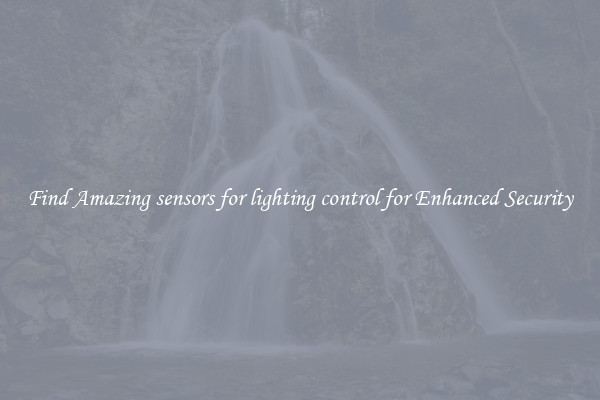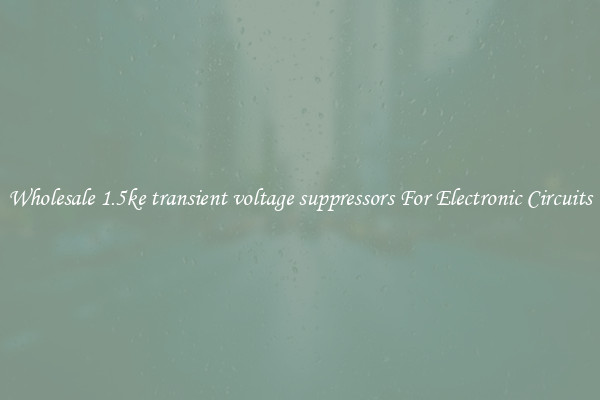Find Amazing sensors for lighting control for Enhanced Security
Lighting control is an essential aspect of enhancing security in residential and commercial spaces. By utilizing advanced sensors, it is possible to create a more secure environment and provide peace of mind to individuals. These sensors not only contribute to energy efficiency but also ensure optimal lighting conditions, ultimately deterring potential intruders.

One of the most common sensors used for lighting control is the motion sensor. As the name suggests, these sensors detect any movement in the vicinity and trigger the lights to turn on. This feature not only saves energy by only illuminating when necessary but also alerts occupants of any unwanted presence. In a residential setting, these sensors can be placed near entry points or vulnerable areas around the house to prevent break-ins. In commercial applications, they can ensure that areas like parking lots or entryways are well-lit, creating a safer environment for employees and customers.
Another essential sensor for lighting control is the ambient light sensor. These sensors measure the amount of natural light present in a space and adjust artificial lighting accordingly. This feature ensures that spaces are not over or under-lit, providing optimal lighting conditions for different tasks. By mimicking natural light patterns, ambient light sensors contribute to the illusion of an occupied space, deterring potential intruders who may be scoping out a property.
Additionally, sensors that detect door or window openings can be integrated into lighting control systems for enhanced security. These sensors trigger the lights to turn on or flash when a door or window is opened, alerting occupants of a potential breach. This instant response not only scares away intruders but also provides valuable time for individuals to react or contact security.
In recent years, advancements in technology have also led to the development of smart sensors that can be integrated with other security systems. These sensors use artificial intelligence and machine learning algorithms to analyze data from multiple sources like surveillance cameras or occupancy sensors. By doing so, they can differentiate between normal movement and suspicious behavior, allowing for more accurate and reliable detection.
In conclusion, finding amazing sensors for lighting control is crucial for enhanced security. Motion sensors, ambient light sensors, and sensors detecting door or window openings all contribute to creating a safer environment by illuminating areas only when needed, deterring potential intruders, and alerting occupants of any unusual activity. The integration of smart sensors with other security systems further enhances the overall security of residential and commercial spaces. By investing in these advanced sensors, individuals can enjoy a more secure environment and gain peace of mind.

View details

View details

View details

View details








